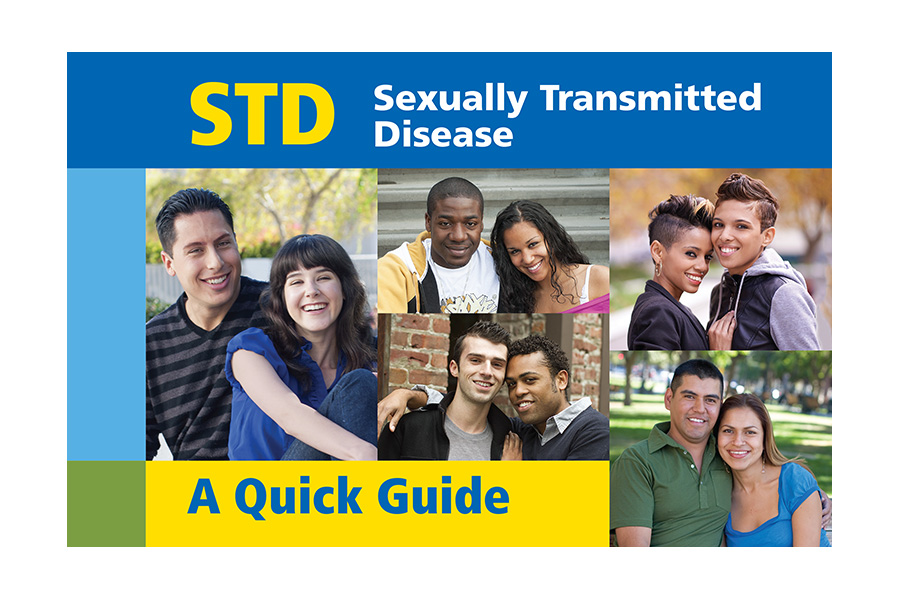Keep Moving Forward: Responding to High STD Rates
By Marcia Quackenbush, MS, MFT, MCHES | November 10, 2016
Senior Editor, ETR
STD rates are up. The CDC noted in a recent press release that reported STDs are at an “unprecedented high” in the U.S.
This sort of news is undeniably discouraging for those of us working the sexual and reproductive health arena. After all, we’ve been feeling rather upbeat and hopeful about the impressive drop in unplanned teen pregnancies—rates are down more than half over the past 20 years. A combination of factors seems responsible for that change, including pregnancy prevention programs. It’s great to feel like we’ve done something right that has played a role in these positive outcomes.
So what’s gone wrong when it comes to STDs?
Money, Tinder, PrEP and Social/Sexual Networks
Not surprisingly, one of the big culprits is funding. In recent years, more than half of STD programs at state and local levels have faced budget cuts. More than 20 health department STD clinics were closed in a single year. That’s a whole lot fewer people getting tested and treated for STDs.
The so-called “Tinder effect” may also play a role. Dating apps that facilitate casual sexual encounters might be increasing transmission of STDs, but the data on this is not yet conclusive.
Data does show that people taking PrEP (pre-exposure prophylaxis for HIV) have high rates of STD. PrEP itself is not believed to cause the increase, but it may give men who have sex with men (MSM) a greater sense of freedom to have sex without condoms. (Find out more about PrEP in this recent post by Jim Pickett from AIDS Foundation of Chicago.)
There are also some social drivers to the rise in STD rates. Particularly among MSM, higher prevalence of STD has been noted within sexual networks, and this increases the likelihood of individuals within the network contracting an STD.
What Do We Do?
Many of the solutions that will reverse this trend are clear and readily identified. “America’s worsening STD epidemic is a clear call for better diagnosis, treatment and prevention,” says Jonathan Mermin, MD, director of the CDC’s National Center for HIV/AIDS, Viral Hepatitis, STD and Tuberculosis Prevention. This includes boosting regular STD screening among young people, offering faster testing and treatment to sexual partners of people diagnosed with an STD, and recommending and providing the most effective treatment options to everyone.
We must also continue to do research that helps us understand what drives these trends and how we can turn them around. We need more “on-the-ground” prevention efforts within communities. That means more, not less, funding to address the challenges, educate individuals and keep our population healthy.
Turning Towards Empowerment
We know the concrete, effective steps that can bring rates of STD back down. Our task is to keep moving forward to promote good public health policy and implementation, and to fund effective health education research. We must stay prepared, as a field and as a nation, to adjust to changing times and circumstances and advocate in every way we can for both good public health, and the public good.
Stay empowered! Keep working!
Did You Know?
ETR offers a range of educational materials about STDs. You can find more information here.
Marcia Quackenbush, MS, MFT, MCHES is the Senior Editor at ETR and has previously worked in HIV prevention programs.





